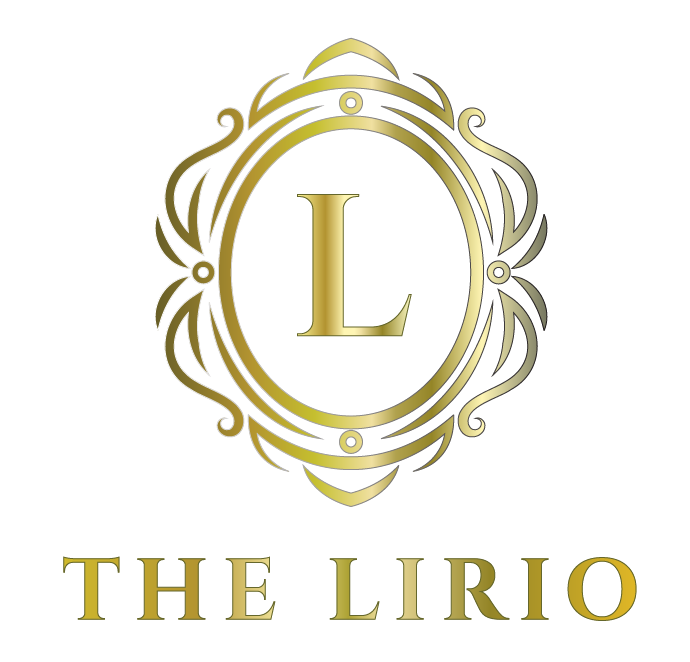Carat vs. Karat

CARAT Vs KARAT
 In Jewelry, you may come across the spellings "Carat" and "Karat" being used interchangeably. However, it is important to note that these spellings have different meanings. The term "Carat" refers specifically to the weight of a diamond, while "Karat" is used to indicate the purity of gold. Interestingly, the spelling "Carat" predates the use of "Karat". It was later introduced as a way to distinguish between gold purity and gemstone weight. When discussing diamonds, Carat denotes their weight when measured on special scales that are calibrated for this purpose. On the other hand, when Carat or Karat is applied to describe gold, it indicates the percentage of pure gold in relation to other metals present in a piece of jewelry. The term Carat has its origins rooted in Ancient Greek. It derives from the word "carob seed", which was used as a unit of measure for small weights. In fact, carob beans were commonly utilized for weighing pure gold coins due to their consistent weight compared with other types of seeds. To summarize, while both Carat and Karat are valid terms within certain contexts involving jewelry; they have distinct meanings depending on whether they refer to diamond weight or gold purity respectively.
In Jewelry, you may come across the spellings "Carat" and "Karat" being used interchangeably. However, it is important to note that these spellings have different meanings. The term "Carat" refers specifically to the weight of a diamond, while "Karat" is used to indicate the purity of gold. Interestingly, the spelling "Carat" predates the use of "Karat". It was later introduced as a way to distinguish between gold purity and gemstone weight. When discussing diamonds, Carat denotes their weight when measured on special scales that are calibrated for this purpose. On the other hand, when Carat or Karat is applied to describe gold, it indicates the percentage of pure gold in relation to other metals present in a piece of jewelry. The term Carat has its origins rooted in Ancient Greek. It derives from the word "carob seed", which was used as a unit of measure for small weights. In fact, carob beans were commonly utilized for weighing pure gold coins due to their consistent weight compared with other types of seeds. To summarize, while both Carat and Karat are valid terms within certain contexts involving jewelry; they have distinct meanings depending on whether they refer to diamond weight or gold purity respectively.
GOLD KARAT
Understanding Gold Purity Unlike diamond karat, gold karat does not indicate the mass of gold but rather the purity of gold. While pure gold (24 karat) possesses desirable properties for jewelry making, it is too soft and impractical. Therefore, to enhance durability, strength, and color while maintaining these properties, gold is blended with other metals known as alloys. Pure gold consists of 24 parts out of 24 being gold or more precisely speaking, it comprises 999 parts out of 1000. However, you may wonder why not 1000? In reality, achieving a purity level of 100% for any metal is practically unattainable. Henceforth, 99.9% comes very close to perfection which grants the highest purity classification for gold at 24kt. The measurement system used to denote the purity levels in gold is fractional in nature; therefore other karats are established based on their relation to purest form i.e., "24" which represents purest form being all-gold content. To provide clarity regarding its composition, gold jewelry generally bears a stamp indicating either its carat value or simply stating the amount of actual gold present out of total weight measured on a scale from one thousand units.
GEMSTONE CARATS
When it comes to gemstones, the mass of the stone is determined using a unit of measurement called carat. While carat is used for weighing all gemstones, it holds particular significance for diamonds. Carat is considered to be the most important characteristic in determining the value of a diamond. To express carat, it is commonly abbreviated as "ct". One carat can also be written as 1ct. An easy way to understand diamond carat is by comparing it to our currency system with dollars and cents. Instead of dollars and cents, we use points and carats for diamonds. Just like 100 cents equal one dollar, 100 points make up one carat in terms of diamond weight. For example, a fifty-point diamond would be equivalent to half a carat and can also be represented as 0.50ct. Similarly, one-tenth of a diamond would correspond to ten points or 0.10ct. For diamonds that weigh more than one carat, they can also be expressed using this system. For instance, if a diamond weighs one carat and twenty-five points, it can be written as 1.25ct.




